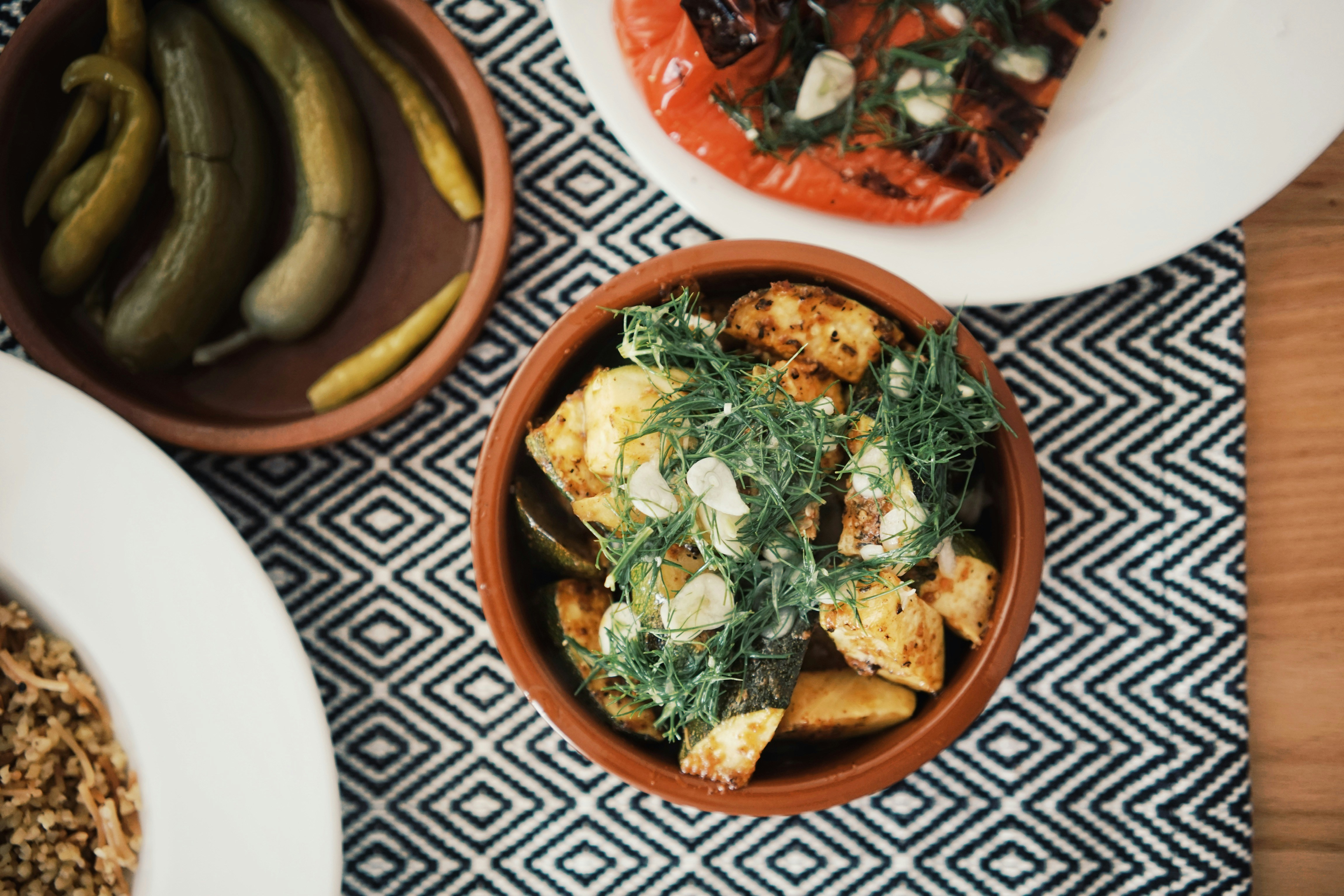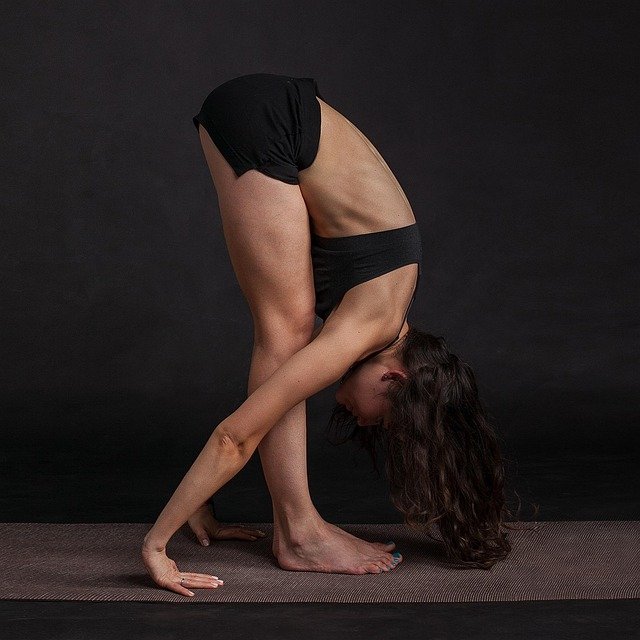Culinary Canvas: Edible Art Transforms Dining Experience
Imagine a world where your dinner plate becomes a masterpiece, and every bite is a brushstroke of flavor. Welcome to the realm of edible art, where chefs are pushing the boundaries of culinary creativity to new heights. This emerging trend is revolutionizing the way we perceive and enjoy food, turning meals into multisensory experiences that delight both the palate and the eye.

From intricate sugar sculptures to vibrant vegetable mosaics, these culinary artists are pushing the boundaries of what’s possible on a plate. They’re using techniques borrowed from painting, sculpture, and even architecture to create edible installations that challenge our perceptions of food. The result is a dining experience that’s as much about the visual journey as it is about taste, turning each meal into a gallery-worthy event.
Technicolor Treats: The Psychology of Color in Food
One of the most striking aspects of edible art is its use of color. Chefs are harnessing the power of vibrant hues to create visually stunning dishes that play with our expectations and emotions. By carefully selecting and combining ingredients based on their natural colors, these culinary artists are creating plates that resemble abstract paintings or vivid landscapes.
The psychology of color plays a crucial role in this trend. Red and orange hues stimulate appetite, while cool blues and greens can create a sense of calm. By strategically using color, chefs can influence diners’ perceptions and evoke specific emotions. For example, a dessert featuring a gradient of sunset colors might transport diners to a tropical beach, enhancing the overall experience beyond just taste.
Texture Tales: Sculpting with Edible Materials
Texture is another key element in the world of edible art. Chefs are experimenting with various techniques to create unique tactile experiences that complement the visual and flavor components of their dishes. From delicate sugar work to intricate vegetable carvings, these culinary sculptors are pushing the boundaries of what’s possible with food.
Molecular gastronomy techniques are often employed to create unexpected textures, such as edible foams, gels, and powders. These elements not only add visual interest but also introduce surprising mouthfeel experiences that challenge diners’ expectations. The interplay of different textures within a single dish creates a dynamic eating experience that keeps diners engaged from the first bite to the last.
Interactive Installations: Engaging Diners in the Creative Process
Taking edible art to the next level, some chefs are creating interactive dining experiences that involve the diners in the creative process. These installations blur the line between chef and diner, turning the act of eating into a collaborative art project. Guests might be invited to assemble their own dish from a selection of colorful components or participate in the final plating of their meal.
These interactive experiences not only make for memorable dining but also foster a deeper appreciation for the artistry involved in food preparation. By engaging diners in the creative process, chefs are encouraging a more mindful approach to eating and a greater connection to the food on the plate.
Sustainable Artistry: Creating Beauty with Eco-Friendly Ingredients
As the culinary world becomes more conscious of sustainability, edible artists are finding innovative ways to create stunning visuals using eco-friendly ingredients. This approach not only reduces food waste but also challenges chefs to find beauty in unexpected places. Edible flowers, herb microgreens, and even repurposed food scraps are being transformed into visually striking elements that add both flavor and aesthetic appeal to dishes.
This sustainable approach to edible art is not only environmentally responsible but also opens up new avenues for creativity. Chefs are discovering that some of the most visually interesting ingredients are those that might otherwise be overlooked or discarded, leading to a more holistic and appreciative view of the ingredients they work with.
Useful Tips & Facts
• Natural food dyes like beet juice, turmeric, and spirulina can create vibrant colors without artificial additives.
• Edible flowers not only add visual appeal but also introduce unique flavors to dishes.
• Using a variety of plating techniques, such as smearing, dotting, and stacking, can create different visual effects.
• Contrasting colors and textures on a plate can make individual elements stand out more vividly.
• Temperature variations within a dish can create interesting visual effects, such as condensation or melting elements.
• Negative space on a plate is just as important as the food itself in creating a visually balanced composition.
• Edible paper and ink can be used to create intricate designs directly on food surfaces.
In conclusion, edible art is transforming the culinary landscape, turning dining into a multisensory adventure that engages all the senses. As chefs continue to push the boundaries of creativity, we can expect to see even more innovative and awe-inspiring creations that challenge our perceptions of what food can be. This trend not only elevates the dining experience but also encourages a deeper appreciation for the artistry and skill involved in food preparation. The next time you sit down for a meal, remember that you might just be about to enjoy a masterpiece.





